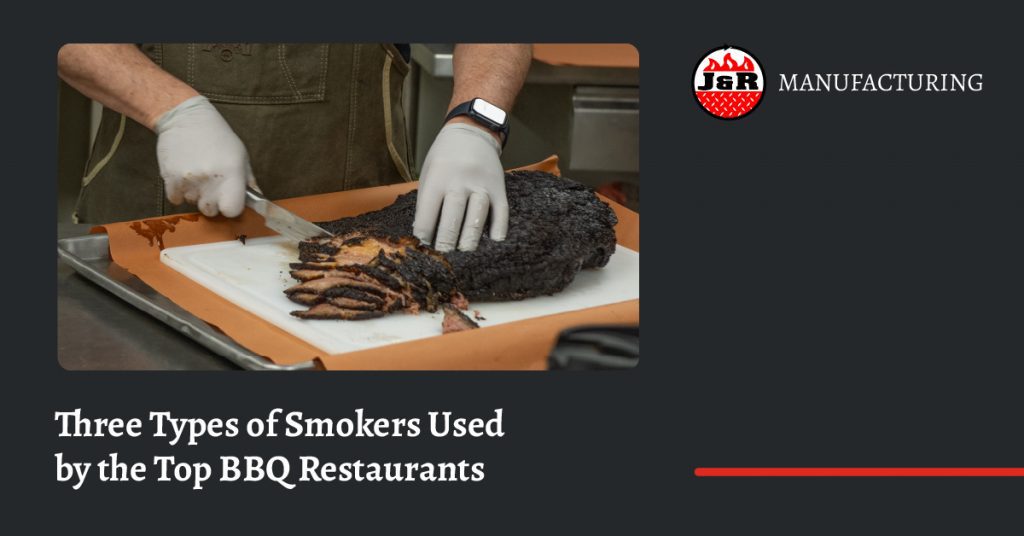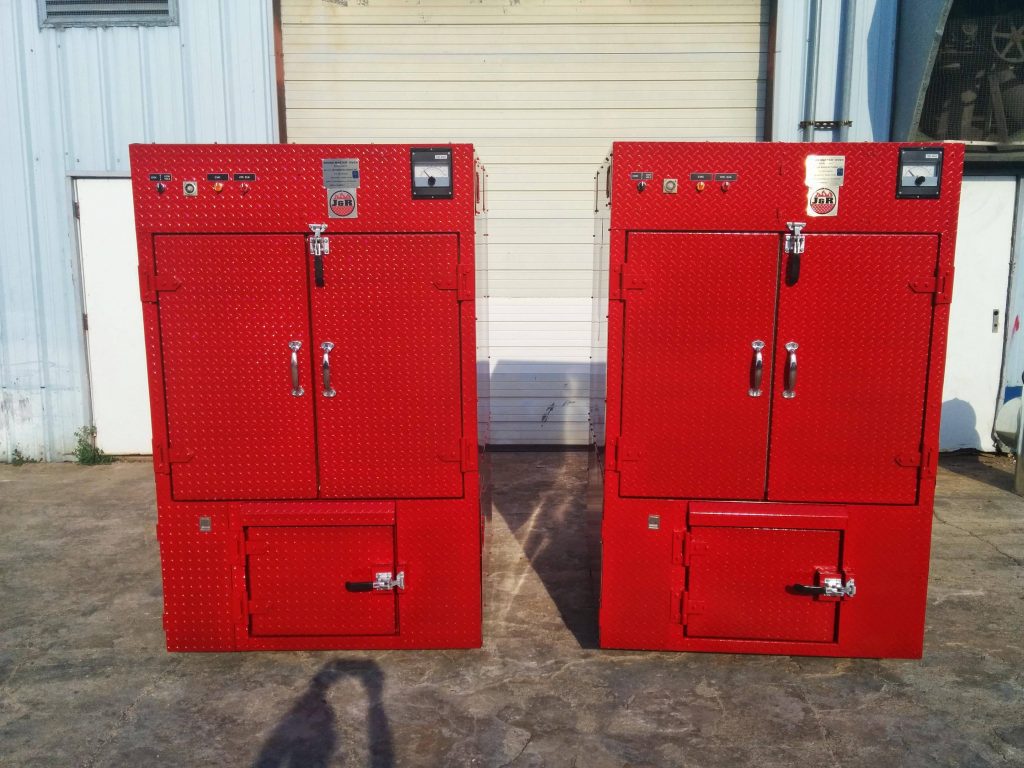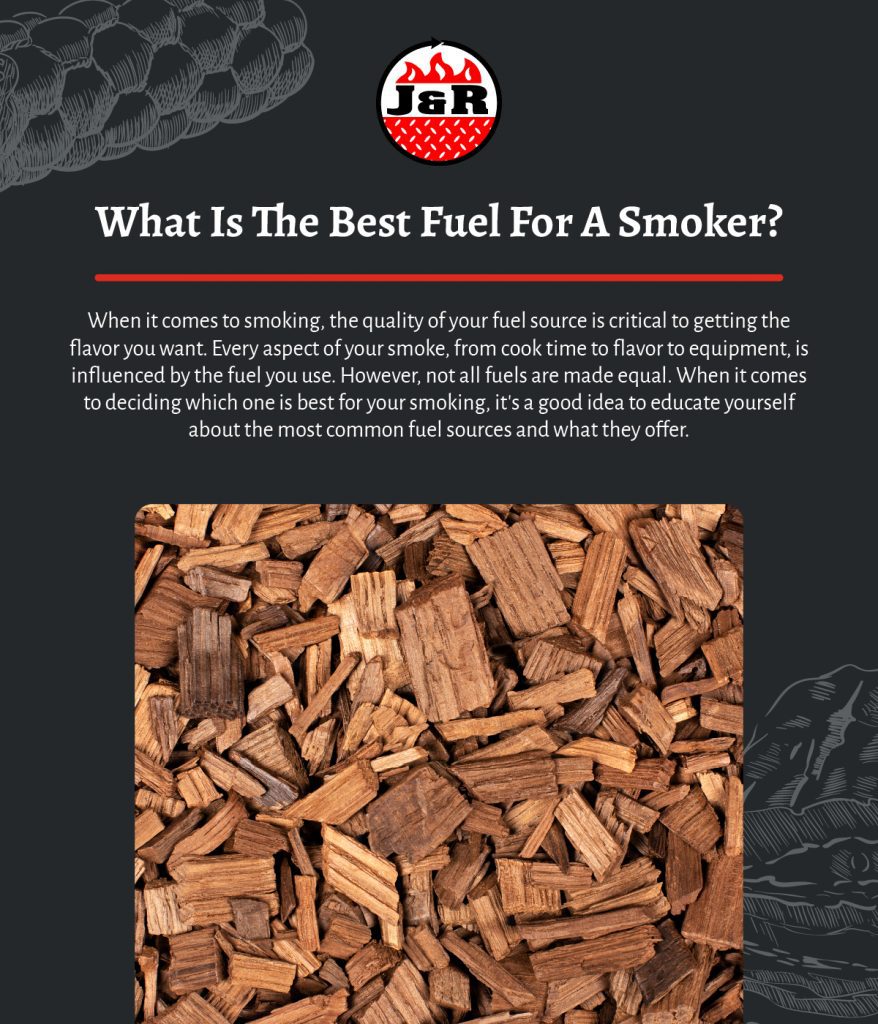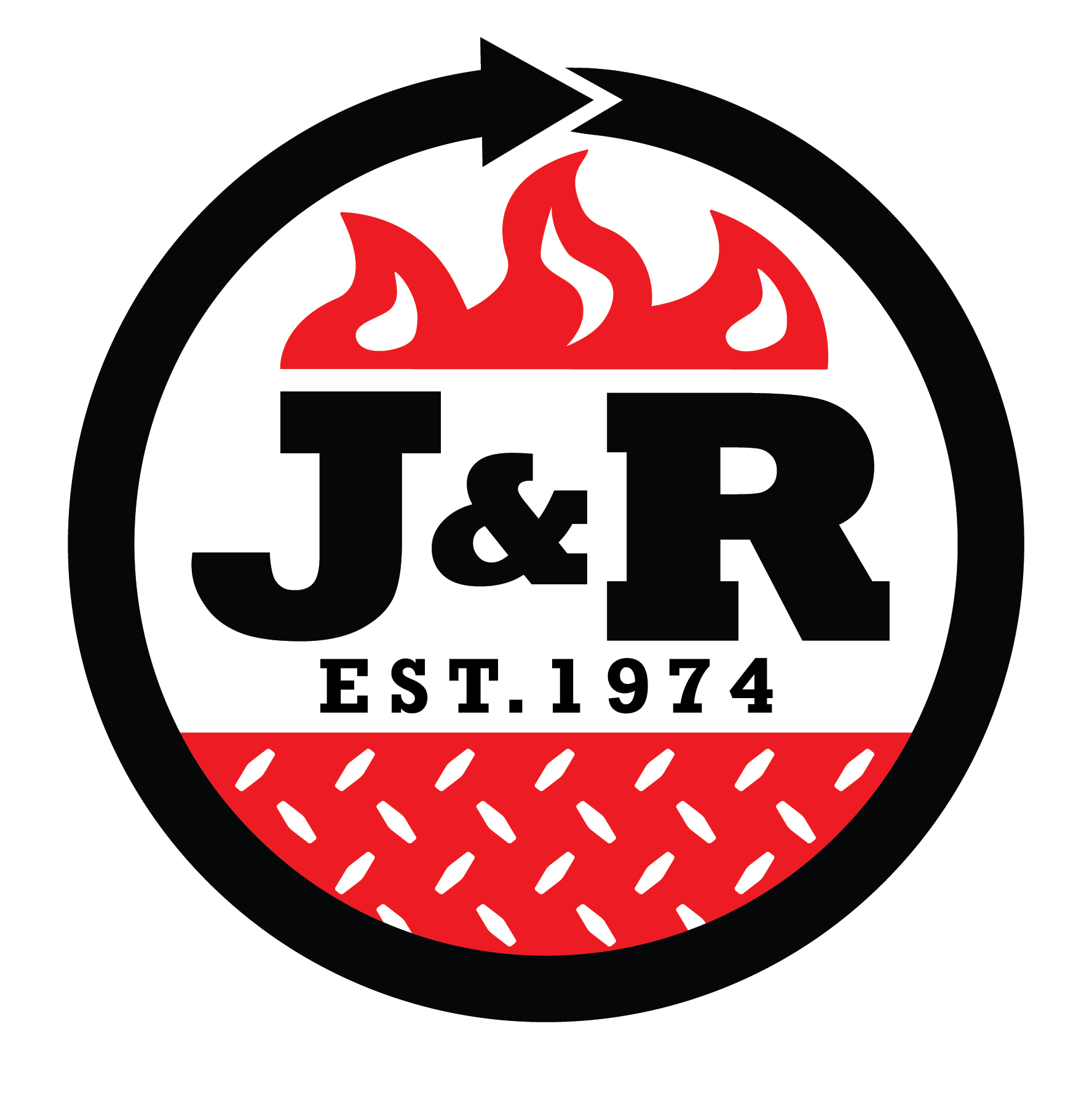
Three Types of Smokers Used by Top BBQ Chefs & Restaurants
Every professional barbeque chef should have a high-quality smoker. Investing in a new smoker may take your cooking to new heights. For instance, smokers enable you to cook low and slow at precise temperatures, giving your food a delightful smoky flavor. However, there are a variety of smokers available now, ranging from enormous offset smokers to portable smokers that you can take to your next catering event. Smokers vary from restaurant BBQ grills in that they are best suited for cooking meat.
What smokers do the pros use?
From commercial wood smokers for restaurants to electric restaurant smokers, each kind of smoker has its own set of benefits and drawbacks. Some chefs like to use direct heat, while others prefer to use indirect heat. Neither is inherently superior to the other. It’s just a matter of maintaining a steady temperature and leaving enough distance between your meat and the heat source. We’ll break down three primary sorts of smokers in this post to help you figure out which one is suitable for you.
Types of Smokers
The great world of smokers is rich and diverse, with many different ways to smoke low and slow depending on your budget, how much effort you want to put into the process, and the type of barbecue you want to smoke. This section delves into three types of smokers that are now popular and their benefits and drawbacks.
Smokemaster
This enormous capacity pit is fuelled by wood. It does, however, come with an electric oven heating element as standard equipment. This function saves wood while allowing the cook to customize the taste of the meat to his liking. This oven can provide authentic barbeque without the “gassy flavor” associated with rivals’ gas-and-wood fueled ovens by employing safe, clean electrical energy to support the wood fire. Six hundred pounds of briskets, pig butts, and tri-tips may be cooked at one time.
The innovative, high-velocity convection air system also ensures even cooking. There is no need to rotate the meat. Lighting a fire is simple with the designed stack fan enabling airflow and the combustion air fan delivering oxygen. Several customers, however, only light a fire once since live coals last over 3 days in the refractory-covered fireplace. They scrape off some ashes each day and replenish them with fresh wood after that. The coals and the pit ignite the newly added wood. The big doors and slide-out racks make loading and unloading a breeze. Set the temperature and unwind after loading. While you sleep, the air management system will perfectly maintain your chosen temperature.
The Little Red Smokehouse
This feature-rich BBQ pit is compact and efficient, taking up less than ten square feet of floor area. Only 35 inches are required for a cooking line. Even in congested kitchens, the size of this pit makes it easy to find a spot for it. Its size might deceive you. The unit’s high-velocity convection air system ensures even cooking and eliminates the need to rotate the meat. For even greater economy and flexibility, this unit is now available (Model 250FSE) with electric components to supplement the wood fuel.
Oyler Pit
When it was initially launched in 1968, the Oyler Pit changed the art and science of barbecuing. J&R has spent decades perfecting this incredible pit, which chefs regard to be the best in the world. If you’re going to be in the barbeque business, do it well! This pit uses a unique air management technology to ensure accurate temperature control for up to 14 hours when unattended.

It was the first (and still the only) wood-fired barbeque pit to gain a safety listing from Underwriters Laboratories. We’ve gone to considerable efforts to ensure the safety of the Oyler. It even received the desirable installation specification of “zero clearance to combustibles.”
How Do Commercial Smokers Work?
A commercial smoker allows you to serve your clients Smokey-flavored meats all year round. Whether you operate a BBQ restaurant with smoked meats, they are a simple indoor solution for roasting or smoking your cuisine. The operation of these commercial smokers is simple: they heat wet wood chips until they begin to smoke, imparting a smoky flavor to the meats similar to that of a grill or open fire.
These indoor smokers can prepare a variety of meats, including roasted pigs, ribs, duck, briskets, and more. Many commercial rotisserie smokers employ pellets to flavor the meat, and many are portable and straightforward to transport.
What Is The Best Fuel For A Smoker?

When it comes to smoking, the quality of your fuel source is critical to getting the flavor you want. Every aspect of your smoke, from cook time to flavor to equipment, is influenced by the fuel you use. However, not all fuels are made equal. When it comes to deciding which one is best for your smoking, it’s a good idea to educate yourself about the most common fuel sources and what they offer.
Depending on the application, some of the best fuel sources include:
Wood Logs
If you’re a Texas barbeque purist, nothing beats wood logs. Wood logs are the oldest fuel on this list, and for many pitmasters, they’re the only option. Logs are a terrific alternative for a steady heat source and a go-to fuel for smokers who want to impart a deep, smokey flavor to their meat.
Charcoal Briquettes
Charcoal briquettes are also a terrific alternative if you want efficiency and consistency. Charcoal is made by burning wood until it starts to carbonize. This results in a fuel source that is both efficient and adaptable, making it ideal for smoking at any temperature.
Other good fuel sources include:
- Wood pellets
- Wood chips
Conclusion
Smokers come in a variety of shapes and sizes. When utilized properly, they’re all capable of producing delicious smoked meat. You need to think about what kind of meat you’ll be smoking and how much money and work you want to put into it. Our unique smokers, steeped in the tradition of live-fire meat cooking, would be just the kicker you need. Contact J&R Manufacturing for all your BBQ restaurant equipment needs.
